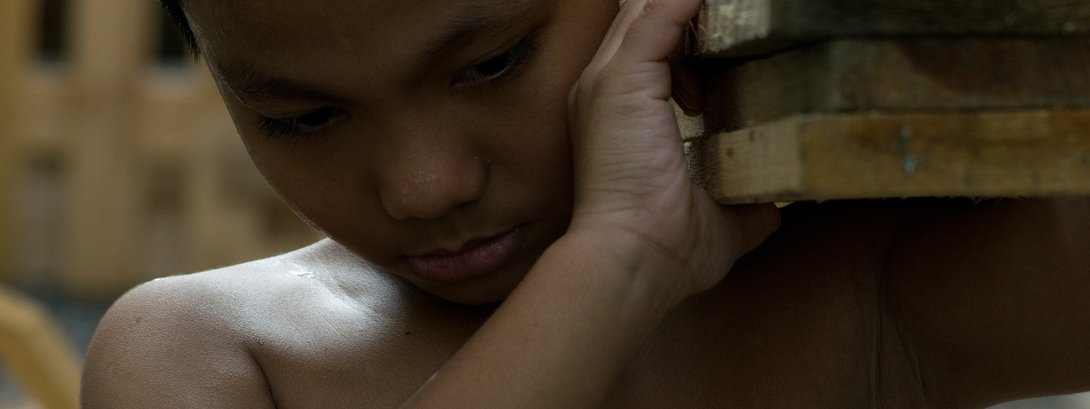Covid-19 risks reversing reduction in child labour
An important step was taken this summer to eradicate child labour. What more can be done to address the root causes of this systemic problem?
As we all focused on the rising number of coronavirus cases and the severe climate emergencies happening worldwide, there was some good news in August that received little coverage but reminded us of what humanity can collectively achieve when we work together. Eradicating the worst forms of child labour became the first universally ratified international labour standard.
On 4 August, the International Labour Organization (ILO) Convention on the Worst Forms of Child Labour 1999 (No. 182) became the first ILO Convention to achieve full universal ratification by all 187 Member States. This is a historic achievement, committing ILO Member States to prohibiting and eliminating all worst forms of child labour, including slavery, forced labour and trafficking both in law and in practice.
Despite this global achievement and the reduction of children involved in child labour in the past 20 years, the impact of Covid-19 threatens to reverse these gains. What is required is an increased vigilance to ensure that the negative impact of the pandemic does not put millions of children at risk by forcing them to earn an income to support their families. Specifically, this means holding governments to account for the implementation of the ILO labour standard they have now universally ratified.
Root causes
The ILO estimated before the pandemic that some 152 million children were involved in child labour. Experts widely agree that the current crisis has most likely caused that number to increase.
Research from Alliance 8.7 – a global partnership to achieve Target 8.7 of the 2030 Sustainable Development Goals– indicates that the vast majority (more than 90% in North Africa alone) of child labour occurs domestically, with the majority (71%) working in the agriculture sector. In order to reach these children, the root causes must be addressed at the national level applying an entire-economy approach.
These root causes include lack of access to education, no legal protection or poor enforcement of existing labour laws, poverty, insufficient social protection and informality.
Ensuring respect for international commitments
While a single international instrument alone will not eradicate child labour, the significant achievement of universal ratification of the ILO Convention is undeniable. Universal ratification means that the 187 ILO Member States now must implement the Convention nationally in law and in practice, regularly report updates on its implementation and be subject to supervision by the various ILO supervisory bodies. In short, governments will now be held to account for their actions or lack of ending child labour.
The UN Guiding Principles on Business and Human Rights and the OECD Guidelines for Multinational Enterprises supports an innovative approach of “assess and address”. This method, being adopted by many organisations tackling child labour on the ground, looks to find ways to encourage addressing the root causes rather than a punitive response.
Employers committed to eradicating child labour
The International Organisation of Employers (IOE) together with its global network of 150 member organisations representing more than 50 million companies have long supported the ratification and implementation of the ILO Convention No. 182 and to address child labour in all its forms by 2025 in line with Target 8.7. IOE is working with an array of NGOs and international institutions to share best practices through guidelines and toolkits.
Importantly, IOE also provides a safe space for business to discuss and address this systemic issue. IOE offers companies support, practical solutions and new approaches to address the issue in an impactful way.
It is particularly important that we walk the talk. Child labour laws need to be modified to bring them in alignment with the ILO Convention No. 182. Access to a free quality education needs to be ensured. Governments cannot let the momentum gained from the universal ratification end there. The work has only just begun. 2021 is the International Year for the Elimination of Child Labour – governments, the private sector and individuals each has a contribution to make to achieve this ambitious goal.


